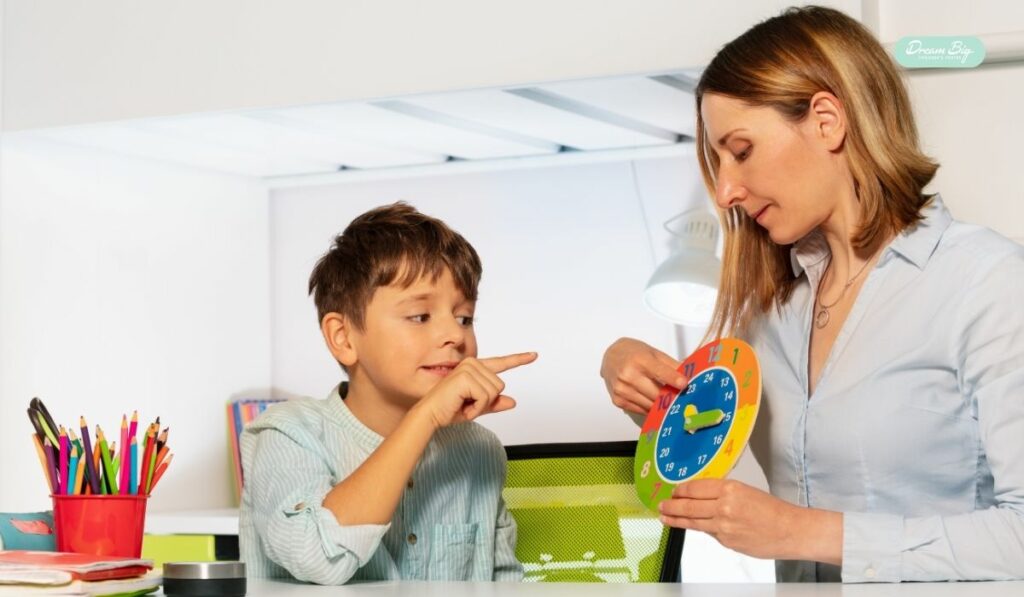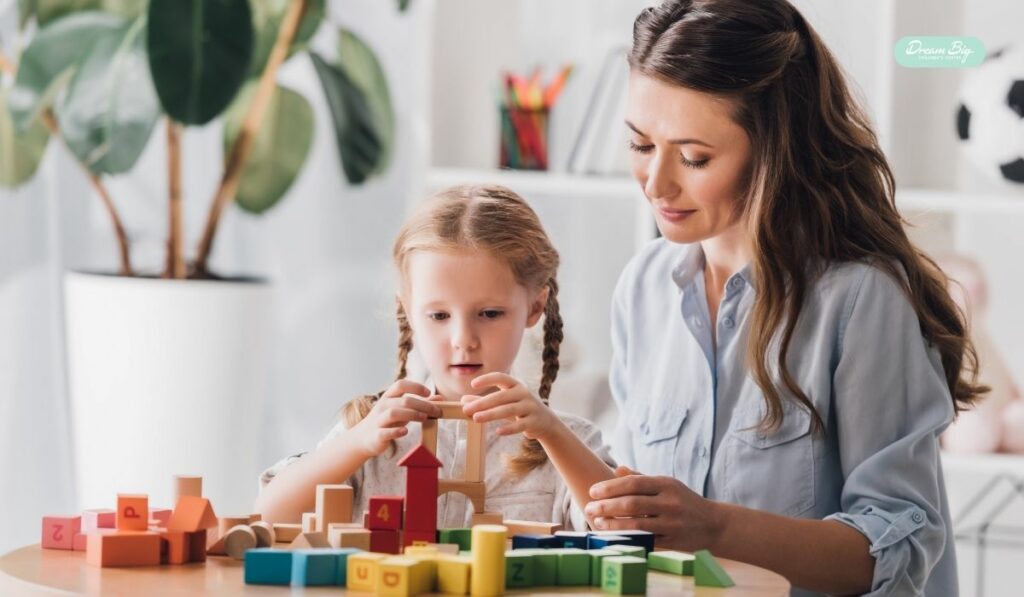Navigating Insurance for Autism Services
Learn how to effectively navigate insurance for autism-related services.
Valentine’s Day, a celebration of love, provides an excellent opportunity for parents of children with autism to create lasting memories. Acknowledging the unique challenges associated with autism, parents can make this Day memorable by understanding their child’s perceptible preferences. Recognizing response to lights, sounds, or textures allows for thoughtful planning to ensure a comfortable and enjoyable experience for the child.
Children with autism often feel overwhelmed by their surroundings. Recognizing and respecting these needs is crucial for a cheerful Valentine’s Day celebration. Adjust the environment by dimming lights, reducing noise levels, or choosing receptive-friendly activities. By creating a comfortable atmosphere, parents can ensure that their children can fully engage in and enjoy the festivities without feeling overwhelmed.
Valentine’s Day Tip:
Create a receptive-friendly crafting station with materials like feathers, felt, or smooth paper, allowing your child to engage in a tactile experience that suits their preferences.
Routine and predictability are essential for children with autism. A visual schedule for Valentine’s Day can provide a sense of structure and security. Use visual aids or charts to outline the Day’s activities, helping the child understand what to expect. This visual support minimizes anxiety and empowers the child by providing a clear roadmap of the Day’s events.
Valentine’s Day Tip:
Use pictures or symbols to create a visual schedule that outlines the Day’s events, such as making Valentine’s cards, enjoying a special meal, or engaging in a preferred activity.

Engage your child’s creativity with personalized Valentine’s Day crafts that align with their interests. Whether it’s incorporating favorite colors, characters, or themes, tailor the crafting experience to your child’s preferences. This not only encourages self-expression but also ensures that the activity remains enjoyable and relevant to the child’s unique tastes.
Valentine’s Day Tip:
Encourage your child to use their favorite colors, characters, or themes in their card designs. This personal touch adds a unique element to the cards they give.
Food plays a significant role in any celebration, and Valentine’s Day is no exception. When planning a Valentine’s Day meal for your child with autism, it’s essential to consider their unique food preferences. Many children with autism have specific tastes or textures they may prefer or avoid, so tailoring the meal to their liking ensures a positive and enjoyable dining experience.
Valentine’s Day Tip:
To make the meal truly special, involve your child in the decision-making process. Discuss their favorite foods, flavors, and textures, and use this information to plan a menu that caters to their preferences. If they have dietary restrictions or aversions, be sure to accommodate those, ensuring a stress-free and delightful dining experience for everyone.
In the midst of Valentine’s Day celebrations, it’s crucial to recognize and accommodate your child’s potential preferences. Designating a quiet and calming space allows your child to have a retreat when the excitement becomes overwhelming. This intentional space serves as a haven for self-regulation and relaxation, providing a sanctuary where they can recharge and find comfort.
Valentine’s Day Tip:
Select a specific area within your home that is quiet, free from excessive stimuli, and easily accessible. This could be a corner of a room, a cozy nook, or even a dedicated tent or fort. Equip this space with items that promote relaxation, such as soft pillows, comfy blankets, and comforting perceptible items like stress balls or fidget toys.
One of the key ways to make Valentine’s Day memorable for your child with autism is to integrate their special interests into the celebration. Whether it’s a favorite hobby, character, or topic, incorporating these interests can transform the Day into a more enjoyable and meaningful experience for them.
Valentine’s Day Tip:
Please take note of your child’s specific interests and find creative ways to infuse them into the Valentine’s Day activities. For instance, if your child has a particular fondness for a specific character, consider incorporating it into the decorations or planned activities for the Day. This personalization adds an extra layer of excitement and familiarity, making the celebration uniquely tailored to their preferences.
Create a social story that outlines the events and expectations for Valentine’s Day. This visual narrative helps your child understand the social aspects of the celebration and prepares them for interactions with others.
Valentine’s Day Tip:
Include details about exchanging cards, expressing affection, and any planned social interactions. Rehearsing these scenarios through a social story can enhance your child’s comfort level.
Opt for celebrating Valentine’s Day in familiar settings to provide a sense of comfort and security. Whether it’s at home or a familiar venue, familiarity can contribute to a more positive experience.
Valentine’s Day Tip:
If your child has a favorite spot, consider incorporating Valentine’s Day celebrations there. Familiarity with the environment can help them feel at ease during the festivities.

Please provide your child with choices throughout the Day, allowing them to have a sense of control. Whether it’s choosing activities, decorations, or treats, offering choices empowers them and enhances their engagement.
Valentine’s Day Tip:
Present a few options for activities or treats and let your child choose what they would like to do or enjoy. This autonomy can contribute to a more enjoyable celebration.
Reflect on Positive Experiences:
After the Day’s celebrations, take time to reflect with your child on the positive experiences. Discuss their favorite moments and express appreciation for their participation in the festivities.
Valentine’s Day Tip:
Use a visual or written reflection tool to capture the highlights of the Day. This reflection process reinforces positive experiences and can be a valuable tool for future celebrations.
In conclusion, Valentine’s Day offers an excellent opportunity for parents of children with autism to create lasting and meaningful memories. By understanding and accommodating perceptible preferences, personalizing activities, and fostering a supportive environment, the celebration can be tailored to meet the unique needs of each child. As you embark on creating a unique Valentine’s Day experience, we encourage you to explore additional resources and support.
For personalized guidance and assistance in creating a receptive-friendly and enjoyable celebration, we invite you to reach out to Dream Big Children’s Center, whose experienced team is dedicated to helping families navigate and enhance their children’s experiences. Dream Big Children’s Center for valuable insights and support tailored to your child’s needs. May this Valentine’s Day be filled with love, joy, and memorable moments for you and your family.
Valentine’s Day can be overwhelming for children with autism due to social challenges. Making it unique helps create a positive and inclusive experience for them.
Consider their perceptible preferences and gradually introduce activities. Use visual schedules, offer choices, and keep communication open to understand their comfort levels.
Gifts that cater to perceptible needs, such as fidget toys or items in their favorite textures/colors, can be suitable. Personalized gifts that align with their interests are also a great choice.
Yes, modify activities based on your child’s preferences. Opt for quieter celebrations, create visual supports for routines, and choose activities that align with their comfort zone.
Prepare your child by practicing social scenarios, using social stories, and discussing the significance of the Day. Please encourage them to express feelings in ways that suit their comfort.
Consider dietary preferences and needs. Opt for treats with familiar textures and flavors, and be mindful of any allergies or dietary restrictions your child may have.
Limit perceptible stimuli, create a quiet space, and use familiar routines. Dim lights, play soft music and provide comfort items to help maintain a calm atmosphere.
Educate siblings or classmates about autism, encourage understanding, and suggest inclusive activities that cater to everyone’s comfort levels. Foster a supportive and accepting environment.
Be prepared with a quiet space for your child, use calming techniques, and communicate with others about your child’s needs. Having a plan in place can help manage potential challenges.
Check with local autism organizations or support groups for any adapted events. Many communities offer inclusive activities, and it’s worth exploring options to make Valentine’s Day enjoyable for everyone.
We are committed to empowering families with the information and support they need.
Learn how to effectively navigate insurance for autism-related services.
Explore our FAQs for clear, simple answers about our services, insurance.
Learn how to effectively navigate insurance for autism-related services.